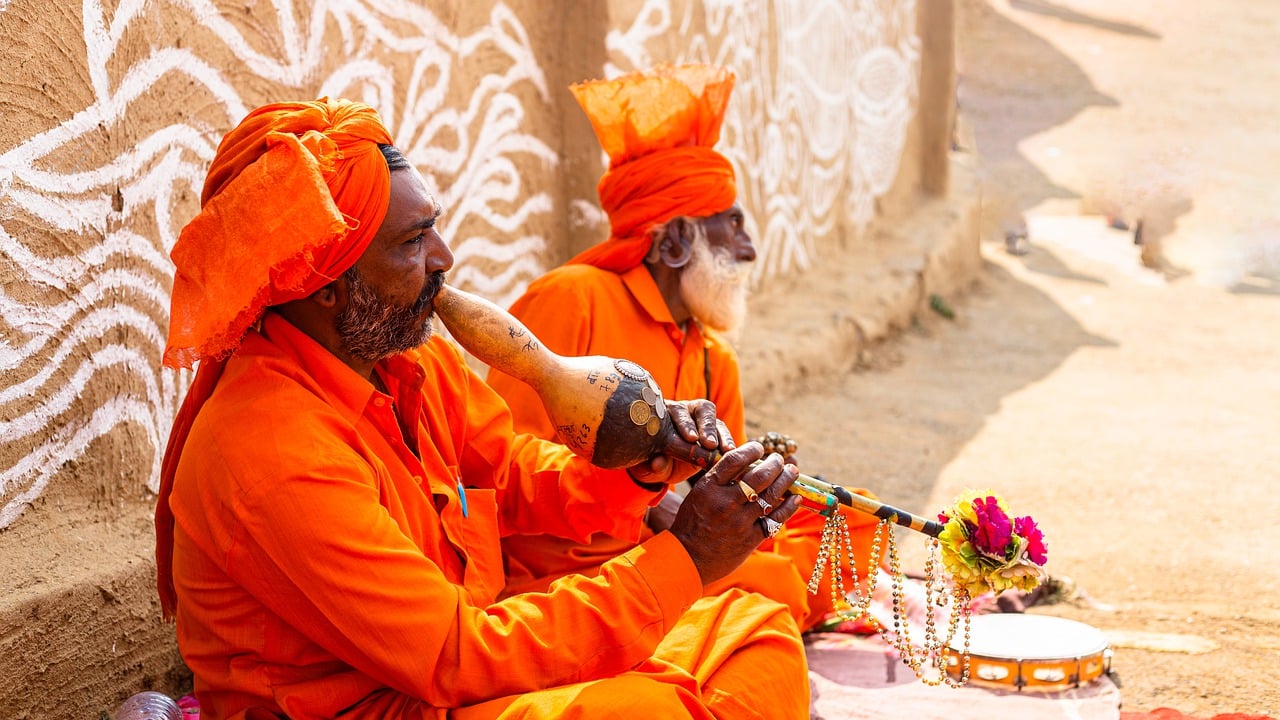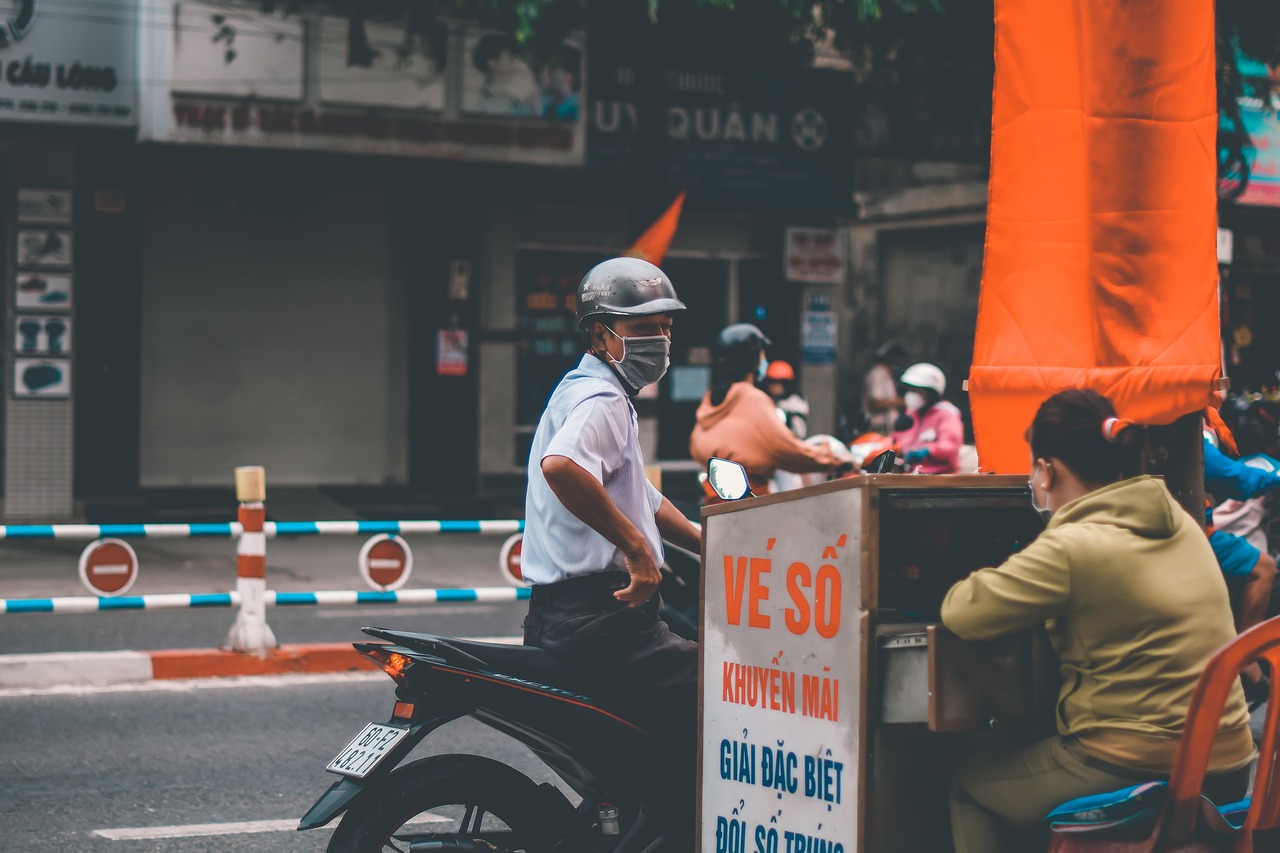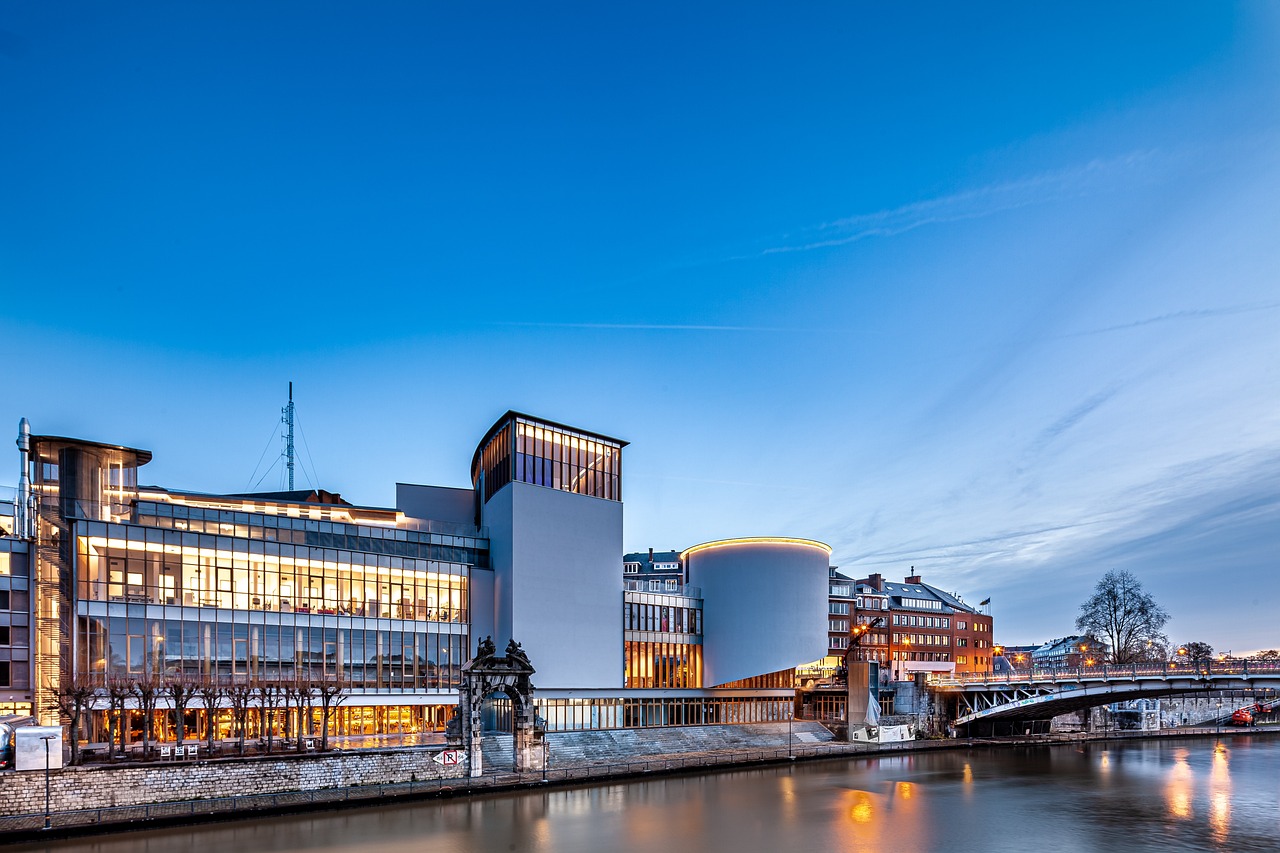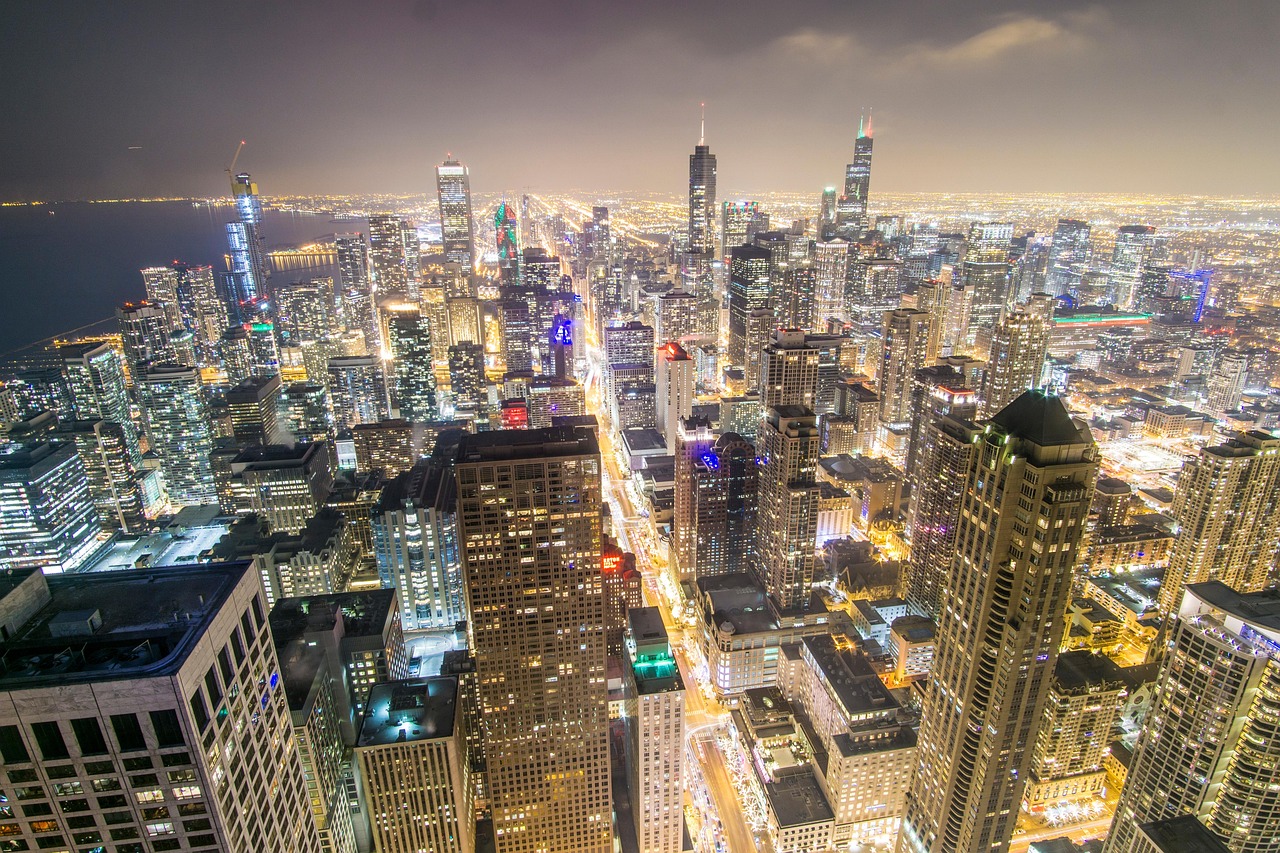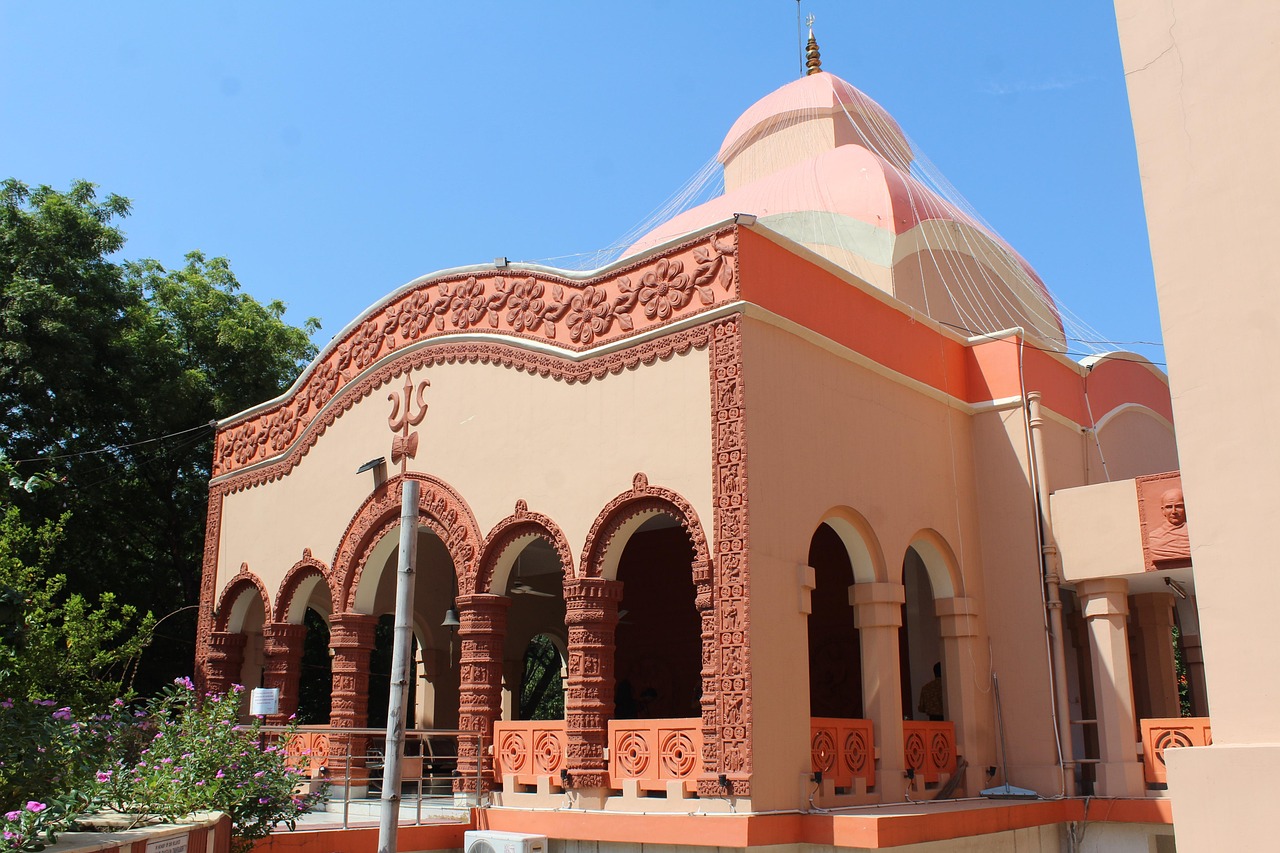This article delves into the complex historical, social, and political ramifications of the Bengal Partition, exploring its causes, effects, and lasting legacy on the region and its people.
Understanding the Bengal Partition
The Bengal Partition of 1905 was a pivotal moment in Indian history, marking a significant shift in the socio-political landscape of the region. The partition was not merely a territorial division but a reflection of the underlying tensions that had been simmering for decades. The British colonial administration aimed to divide and rule by exploiting existing divisions, which led to profound implications for the people of Bengal.
Causes of the Bengal Partition
- Colonial Policies and Administration: The British implemented various administrative strategies that aimed to consolidate their control over Bengal. These policies often disregarded the cultural and social fabric of the region.
- Religious Tensions and Divisions: The British exacerbated religious divisions, using communal identities as a tool for political manipulation. This strategy led to increased hostility between Hindus and Muslims.
- Rise of Nationalist Movements: The burgeoning nationalist movements in India sought to unite against colonial rule. However, the partition also fueled demands for separate representation, complicating the struggle for independence.
Immediate Effects of the Partition
The announcement of the partition sparked widespread unrest across Bengal. Protests erupted, showcasing the deep-seated anger among the populace. The political responses varied, with some leaders advocating for calm while others urged for more radical actions.
Reversal of the Partition
By 1911, the mounting opposition and civil unrest forced the British to reverse the partition. This decision was met with mixed reactions, highlighting the complexities of public sentiment during this tumultuous period.
Long-Term Consequences of the Partition
- Social Fragmentation: The partition left a legacy of social fragmentation, with communal identities becoming more pronounced and leading to future conflicts.
- Legacy in Modern Politics: The historical narratives stemming from the Bengal Partition continue to influence contemporary political discourse in the region, shaping policies and societal attitudes.
Conclusion: Lessons from the Bengal Partition
The Bengal Partition serves as a cautionary tale about the complexities of identity and governance. It reminds us of the importance of understanding historical contexts to navigate contemporary socio-political challenges effectively.

Understanding the Bengal Partition
The Bengal Partition of 1905 was a pivotal moment in Indian history, marking a significant shift in the socio-political landscape of the region. Understanding the background leading up to this event is crucial for grasping its profound implications on both the local populace and the broader Indian independence movement.
In the late 19th and early 20th centuries, Bengal was a melting pot of diverse cultures, religions, and political ideologies. The socio-political climate was charged with nationalist aspirations as various groups began to advocate for self-rule and greater autonomy from British colonial rule. The British, recognizing the growing unity among the Indian populace, sought to divide and rule by exploiting existing religious divisions.
The partition was officially announced on July 19, 1905, and it aimed to split Bengal into two separate entities: East Bengal and West Bengal. The rationale behind this decision was ostensibly administrative efficiency; however, it was largely seen as a tactic to weaken the nationalist movement by creating a rift between Hindus and Muslims. This strategy not only intensified communal tensions but also galvanized nationalist sentiments, leading to widespread protests and unrest.
The immediate aftermath of the partition was marked by mass mobilization against British rule. Various organizations, including the Indian National Congress, rallied to oppose the partition, viewing it as an affront to the unity of the Bengali people. The partition also sparked a wave of cultural revivalism, as intellectuals and activists sought to reassert Bengali identity in the face of colonial oppression.
In conclusion, the Bengal Partition of 1905 was not just a political maneuver; it was a catalyst that ignited a fierce struggle for identity and autonomy. Its implications were felt long after the partition was reversed in 1911, shaping the course of Indian history and leaving a lasting legacy on the region.

Causes of the Bengal Partition
The causes of the Bengal Partition in 1905 were multifaceted and deeply rooted in the socio-political landscape of the time. Understanding these causes is essential to grasp the complexities surrounding this pivotal event in Indian history.
- Colonial Policies: The British colonial administration implemented policies that aimed to divide and rule, exacerbating existing divisions within Bengal. The partition was seen as a strategy to weaken the growing nationalist sentiments by creating a rift between Hindus and Muslims.
- Religious Divisions: Religious identities played a crucial role in the partition. The British often exploited these identities, fostering communal tensions for political gain. This manipulation led to a heightened sense of division, making the partition a contentious issue.
- Nationalist Movements: The rise of nationalist movements in the late 19th and early 20th centuries was a significant factor. Groups advocating for self-rule and independence began to emerge, challenging British authority and demanding a united India. The partition was perceived as an attempt to quell these movements.
- Economic Factors: Economic disparities between different communities also contributed to the partition. The British policies favored certain groups, leading to resentment and competition for resources, which further fueled the desire for separation.
- Administrative Challenges: The sheer size and diversity of Bengal posed administrative challenges for the British. The partition was seen as a means to simplify governance, but it ultimately created more problems than it solved.
In summary, the causes of the Bengal Partition were interlinked and complex, involving colonial strategies, religious identities, rising nationalism, economic competition, and administrative difficulties. Each of these factors played a significant role in shaping the events that led to one of the most contentious divisions in Indian history.
Colonial Policies and Administration
The Bengal Partition of 1905 was a pivotal moment in Indian history, significantly influenced by British colonial administrative strategies. These policies were designed not only to consolidate power but also to effectively manage the diverse and complex population of Bengal. Understanding these strategies provides insight into the broader implications of the partition and its lasting effects on the region.
British administrators implemented a series of policies that aimed to divide and rule, capitalizing on existing social and religious differences. By segregating the largely Hindu and Muslim populations, the British sought to weaken the growing nationalist sentiments that threatened their control. This deliberate fostering of communal divisions was a tactic used to prevent a unified opposition against colonial rule.
| Policy | Description |
|---|---|
| Administrative Division | The division of Bengal into two separate entities aimed to dilute the influence of the Bengali intelligentsia. |
| Political Representation | Changes in electoral policies favored certain communities, further entrenching divisions. |
| Economic Exploitation | Resource allocation was manipulated to benefit British interests, often at the expense of local populations. |
These policies not only served immediate administrative goals but also sowed the seeds of long-term conflict. The manipulation of religious identities and the strategic use of divide-and-rule tactics contributed to an atmosphere of distrust and hostility among communities. As a result, the partition did not merely reflect existing tensions but actively exacerbated them, leading to widespread social upheaval.
In conclusion, the British colonial policies and administrative strategies were instrumental in shaping the circumstances surrounding the Bengal Partition. By understanding these tactics, we can better appreciate the complex socio-political landscape of early 20th-century India and the enduring legacies of these historical events.
Religious Tensions and Divisions
Religious identity played a pivotal role in the events leading up to the Bengal Partition of 1905. The British colonial administration, seeking to maintain control over a diverse and multifaceted population, strategically exploited existing communal tensions to further their political objectives. This manipulation of religious identities not only intensified divisions but also laid the groundwork for future conflicts.
Prior to the partition, Bengal was home to a rich tapestry of cultures and religions, primarily Hindu and Muslim communities. However, the British utilized a divide-and-rule strategy, emphasizing these religious differences to weaken the nationalist movements that were gaining momentum. By fostering distrust and animosity between these groups, the British aimed to prevent a unified opposition to their rule.
The establishment of separate electorates for Hindus and Muslims in the early 20th century further entrenched these divisions. This policy not only institutionalized communal identities but also encouraged political leaders to appeal to religious sentiments rather than a broader nationalistic agenda. As a result, the political landscape became increasingly polarized, with leaders from both communities prioritizing their religious affiliations over a collective Indian identity.
The consequences of these actions were profound. The partition of Bengal was not merely a geographical division; it symbolized the deepening of communal rifts that would have lasting implications for the region. The British had successfully heightened tensions, leading to widespread unrest and a legacy of conflict that would echo through the decades.
In conclusion, the British exploitation of religious tensions during the Bengal Partition serves as a stark reminder of how political manipulation can exacerbate divisions within society. Understanding this historical context is crucial for addressing contemporary issues of communalism and identity politics in the region.
Rise of Nationalist Movements
The in the late 19th and early 20th centuries was a significant reaction to the oppressive nature of colonial rule in India. As the British Empire tightened its grip on Bengal, a sense of unity began to emerge among various groups, leading to a collective demand for self-determination and autonomy.
Nationalist movements were fueled by a variety of factors:
- Awareness and Education: Increased literacy rates and the spread of political ideas through newspapers and literature played a crucial role. Educated elites began to articulate the aspirations of the masses, forming organizations aimed at challenging colonial authority.
- Economic Exploitation: The colonial economy often marginalized local industries and artisans, leading to widespread discontent. The exploitation of resources and labor prompted many to seek a political solution through nationalism.
- Cultural Revival: A resurgence in cultural pride and identity among Bengalis also fueled nationalist sentiments. The promotion of Bengali literature, art, and traditions helped foster a sense of belonging and unity.
- Political Mobilization: The formation of political parties and associations, such as the Indian National Congress, provided a platform for expressing grievances and demands. These organizations became instrumental in organizing protests and advocating for political rights.
As these movements gained momentum, they increasingly called for a separate Bengal to protect the interests of the Bengali people. The demand for a distinct political identity was not merely a reaction to colonial policies but also a reflection of deep-seated cultural and social aspirations.
The culmination of these efforts was seen in widespread protests against the partition of Bengal in 1905, which was perceived as a divide-and-rule strategy by the British. The nationalist movements, therefore, not only challenged colonial authority but also laid the groundwork for future struggles for independence.
In conclusion, the rise of nationalist movements in Bengal was a complex interplay of socio-political factors that ultimately contributed to the demand for a separate Bengal, marking a pivotal moment in the region’s quest for self-governance and identity.
Immediate Effects of the Partition
The Impact of the Bengal Partition: What Really Happened?
The immediate aftermath of the Bengal Partition in 1905 was marked by a wave of social unrest and political upheaval. As the news of the partition spread, it ignited a firestorm of dissent across the region, leading to widespread protests and demonstrations. This section will explore the tumultuous environment that followed the partition announcement, highlighting the key events and responses from various factions within society.
In the wake of the partition, the initial reactions were characterized by mass mobilization. Various groups, including students, intellectuals, and political leaders, came together to voice their opposition. The protests were not merely spontaneous; they were organized movements aimed at reclaiming unity in Bengal. Demonstrators took to the streets, waving flags and chanting slogans that called for the annulment of the partition.
One of the most significant responses came from the Indian National Congress, which saw the partition as a direct threat to the nationalist movement. They organized rallies and meetings to galvanize public sentiment against the British decision, emphasizing the need for a unified Bengal. This period also saw the rise of prominent leaders who would later play crucial roles in India’s struggle for independence.
Additionally, the partition exacerbated existing communal tensions. The British colonial administration had intended to divide Bengal along religious lines, which led to increased animosity between Hindus and Muslims. This division fueled violence and riots in several areas, resulting in a tragic loss of life and deepening social divides.
In response to the escalating unrest, the British government implemented repressive measures, including curfews and crackdowns on protests. These actions only served to inflame public anger, leading to an even stronger resolve among the protestors. The immediate effects of the partition thus set the stage for a broader struggle against colonial rule, ultimately shaping the future trajectory of India’s fight for independence.

Reversal of the Partition
The Reversal of the Partition
The Bengal Partition, initially enacted in 1905, was a significant event that led to widespread discontent among the populace. By 1911, due to intense opposition and civil unrest, the partition was reversed. This pivotal moment not only altered the political landscape of Bengal but also had profound implications for the entire nation.
Factors Leading to Annulment
- Public Outcry: The partition faced fierce resistance from various segments of society. Intellectuals, students, and common citizens united in protests, demonstrating their disapproval of the division along religious lines.
- Nationalist Movements: The rise of nationalist sentiments played a crucial role. Organizations such as the Indian National Congress rallied against the partition, advocating for unity and a cohesive national identity.
- Political Pressure: The British government faced mounting pressure both from within India and internationally. The civil unrest highlighted the failure of colonial policies to maintain stability in the region.
Reactions to the Reversal
The decision to reverse the partition was met with mixed reactions. While many celebrated the annulment as a victory for unity and resistance, others viewed it with skepticism, questioning the sincerity of colonial governance. The reversal also reignited debates about national identity and the role of religion in politics.
Impact on Future Political Dynamics
The annulment of the partition significantly reshaped the political landscape of Bengal. It fostered a sense of solidarity among diverse communities, which later influenced the struggle for independence. This period marked a critical juncture in India’s journey towards self-governance, setting the stage for future political movements.
In conclusion, the reversal of the Bengal Partition in 1911 was a complex event driven by public sentiment, nationalist movements, and political pressure. Its implications continue to resonate in contemporary discussions about identity and governance in India.
Public Sentiment and Protests
The reversal of the Bengal Partition in 1911 was significantly influenced by public sentiment and widespread protests. This period was marked by a growing awareness among the populace regarding the detrimental effects of the partition. The division of Bengal was not merely a political maneuver; it struck at the very heart of the social fabric of the region, igniting a wave of resistance that united people across various communities.
Many grassroots movements emerged, fueled by a sense of injustice and the desire for unity. Intellectuals, students, and common citizens took to the streets, organizing rallies and demonstrations that were pivotal in galvanizing support against the partition. The protests were not just limited to urban centers; they spread to rural areas, highlighting the widespread discontent among the populace. The use of slogans and symbolic gestures, such as the boycott of British goods, became a powerful tool in these movements, reinforcing a collective identity among the protesters.
Moreover, the role of the press during this time cannot be understated. Newspapers and pamphlets circulated accounts of the protests, amplifying the voices of dissent and fostering a sense of solidarity among the people. The media coverage played a crucial role in shaping public opinion, turning local grievances into a national discourse.
As protests escalated, the British government found it increasingly difficult to ignore the rising tide of opposition. The culmination of these efforts showcased the power of collective action and public sentiment in influencing political decisions. The annulment of the partition in 1911 was not just a victory for the protesters; it was a testament to the strength of unity and the resilience of the people in the face of colonial rule.
In conclusion, the protests against the Bengal Partition highlighted the importance of public sentiment in shaping political outcomes. The events of this period serve as a reminder of how collective action can lead to significant change, reflecting the enduring spirit of resistance against oppression.
Impact on Political Landscape
The reversal of the partition in 1911 marked a pivotal moment in the political history of Bengal and, by extension, India. This decision not only addressed the immediate unrest caused by the partition but also reshaped the entire political landscape of the region. The annulment of the partition was a response to widespread public dissatisfaction and civil disobedience, which highlighted the potency of collective action among the populace.
Shifts in Power Dynamics
With the reversal of the partition, there was a notable shift in the balance of power among various political factions. The Indian National Congress, which had been gaining momentum, found renewed strength as it capitalized on the public’s discontent. This period saw the Congress align more closely with regional leaders who had opposed the partition, thereby consolidating its influence in Bengal.
Emergence of New Alliances
In the wake of the reversal, several new political alliances emerged. The Muslim League, which had been advocating for separate representation for Muslims, began to reassess its strategies in light of the changing political dynamics. The reversal encouraged a more collaborative approach among various groups, fostering a sense of unity against colonial rule.
Impact on Nationalist Movements
The annulment also invigorated nationalist movements across India. Leaders like Bipin Chandra Pal and Surendranath Banerjee utilized the momentum to rally support for broader anti-colonial efforts. The reversal served as a catalyst for future protests, emphasizing the importance of public sentiment in shaping political decisions.
Conclusion
Overall, the reversal of the Bengal partition was not just a mere administrative decision; it significantly altered the political landscape of Bengal and India. The shifts in power dynamics and the emergence of new political alliances during this time laid the groundwork for future movements that would eventually lead to India’s independence.

Long-Term Consequences of the Partition
The Long-Term Consequences of the Partition have been profound, influencing the social, cultural, and political fabric of Bengal and its neighboring regions. The partition, initially aimed at administrative efficiency, instead sowed seeds of discord that have persisted through generations.
One of the most significant consequences was the social fragmentation that emerged in its wake. The partition exacerbated existing communal tensions, leading to a redefinition of identities along religious lines. Over time, this fragmentation has shaped the interactions between communities, often resulting in mistrust and conflict. The struggles for dominance between different groups have continued to affect social cohesion, making it essential to understand the historical context to navigate present-day relations.
In addition, the cultural landscape of Bengal was irrevocably altered. Post-partition, there was a notable shift in cultural expressions, with art, literature, and music reflecting the pain and resilience of the people. This cultural evolution has given rise to new forms of artistic expression that continue to resonate with contemporary audiences, serving as a reminder of the region’s tumultuous history.
Politically, the partition laid the groundwork for future conflicts and power struggles. The legacy of the Bengal Partition is evident in the political dynamics of modern India and Bangladesh. The events of 1905 have been cited in various political discourses, influencing policies and party ideologies. Understanding this legacy is crucial for grasping the complexities of current political debates and the ongoing quest for communal harmony.
In conclusion, the long-term consequences of the Bengal Partition are multifaceted, affecting social structures, cultural expressions, and political landscapes. The echoes of this historical event continue to shape the region’s identity, making it essential to learn from the past to foster a more inclusive future.
Social Fragmentation and Identity
The Bengal Partition of 1905 not only reshaped the political landscape of the region but also instigated profound changes in social structures and communal identities. Following the partition, the emergence of distinct communal identities became a defining aspect of life in Bengal. This evolution was not merely a product of historical events but a catalyst for ongoing tensions and conflicts.
Initially, the partition aimed to divide Bengal along religious lines, creating a separate province for Muslims. This move was intended to weaken the influence of the Hindu majority and was rooted in the British strategy of “divide and rule.” As a result, the communal identities began to solidify, leading to a growing sense of separation between Hindus and Muslims. The impact of this division was profound, fostering an environment where mistrust and hostility could flourish.
| Factors Contributing to Social Fragmentation | Effects on Community Relations |
|---|---|
| Colonial Divide-and-Rule Policies | Increased communal tensions and violence |
| Religious Mobilization | Formation of distinct religious identities |
| Political Manipulation | Exacerbation of existing divisions |
In the years following the partition, these communal identities influenced various socio-political events, including the rise of nationalist movements that sought to unify or further divide the populace. The communal riots that erupted during this period were a direct manifestation of the growing animosity between the two communities. Each incident deepened the rift, making reconciliation increasingly difficult.
Furthermore, the legacy of this social fragmentation extended beyond the immediate aftermath of the partition. It laid the groundwork for future conflicts, including the Partition of India in 1947, which further entrenched communal identities and divisions. Understanding this evolution is crucial for grasping the complexities of contemporary Bengal, where historical narratives continue to shape political discourse and social relations.
In conclusion, the partition of Bengal significantly altered the social fabric of the region, leading to a lasting legacy of fragmentation and identity politics. The evolution of communal identities during this period not only influenced subsequent events in Bengal but also serves as a reminder of the intricate interplay between politics and society.
Legacy in Modern Politics
The legacy of the Bengal Partition continues to resonate deeply within the contemporary political landscape of the region. Understanding this legacy is crucial for comprehending the ongoing socio-political dynamics in Bengal and beyond.
The partition, which initially aimed to divide Bengal along religious lines, has left a lasting imprint on the collective consciousness of its people. It ignited a series of events that shaped national identity and political affiliations, influencing contemporary political discourse in significant ways.
- Historical Narratives: The stories and interpretations of the Bengal Partition have been passed down through generations, shaping the political ideologies of various parties. These narratives often serve as a rallying point for political movements, with leaders invoking the partition to mobilize support.
- Religious and Ethnic Identities: The partition exacerbated religious and ethnic divisions, which are still evident today. Political parties often leverage these identities to consolidate power, leading to a fragmented political landscape.
- Policy Formulation: Current policies in the region often reflect the historical grievances stemming from the partition. Issues related to communal harmony, migration, and representation are frequently influenced by the events of 1905.
Moreover, the impact of the Bengal Partition can be seen in the way political parties frame their agendas. For instance, the discourse surrounding minority rights and communal representation is often rooted in the historical context of the partition. This historical lens influences not only political rhetoric but also practical policy decisions.
In conclusion, the legacy of the Bengal Partition is not merely a historical footnote; it is a living aspect of contemporary politics. Understanding its implications helps in grasping the complexities of current political narratives and the ongoing struggle for identity and representation in the region.

Conclusion: Lessons from the Bengal Partition
The Bengal Partition serves as a profound reminder of the intricate relationship between identity and governance. This historical event, which took place in 1905, not only reshaped the political landscape of Bengal but also left a lasting impact on the social fabric of the region. The lessons drawn from this partition resonate strongly in today’s socio-political climate, emphasizing the importance of understanding communal identities and their implications for governance.
One of the key takeaways from the Bengal Partition is the realization that identity is multifaceted and can be manipulated for political gain. The British colonial administration exploited existing religious and cultural divisions among the people of Bengal, leading to a fragmentation that fueled tensions. This manipulation highlights the need for contemporary leaders to foster unity and understanding among diverse communities, rather than allowing divisive politics to prevail.
Moreover, the response to the partition underscores the power of public sentiment in shaping political decisions. The widespread protests and movements that emerged in opposition to the partition demonstrate that the voice of the people can challenge and overturn governmental decisions. In today’s world, where political polarization is rampant, it is crucial for governments to engage with their constituents and consider public opinion in their policymaking processes.
Furthermore, the reversal of the partition in 1911 serves as a case study in the importance of dialogue and negotiation in governance. The eventual annulment was driven by the collective will of the people, showcasing that constructive discourse can lead to resolutions that honor the diverse identities within a society.
In conclusion, the Bengal Partition is not merely a historical event but a cautionary tale that offers valuable lessons for today’s leaders and policymakers. By recognizing the complexities of identity and prioritizing inclusive governance, societies can work towards a more harmonious future.
Frequently Asked Questions
- What was the main reason behind the Bengal Partition?
The Bengal Partition was primarily driven by British colonial policies aimed at consolidating power. By dividing Bengal along religious lines, the British sought to weaken nationalist movements and manage the diverse population more effectively.
- How did the partition affect the people of Bengal?
The partition led to significant social unrest, with widespread protests and communal tensions. Many people found themselves on the “wrong” side of the new borders, leading to displacement, violence, and a lasting impact on communal relationships in the region.
- Why was the partition reversed in 1911?
The reversal was largely due to intense public opposition and civil unrest. The widespread protests demonstrated a strong desire for unity among the people of Bengal, prompting the British to reconsider their decision.
- What are the long-term consequences of the Bengal Partition?
The long-term consequences include ongoing social fragmentation and the evolution of communal identities. The legacy of the partition continues to influence modern politics in Bengal, shaping political discourse and policies today.
- What lessons can we learn from the Bengal Partition?
The Bengal Partition serves as a cautionary tale about the complexities of governance and identity. It highlights the importance of understanding social dynamics and the potential consequences of divisive policies.














